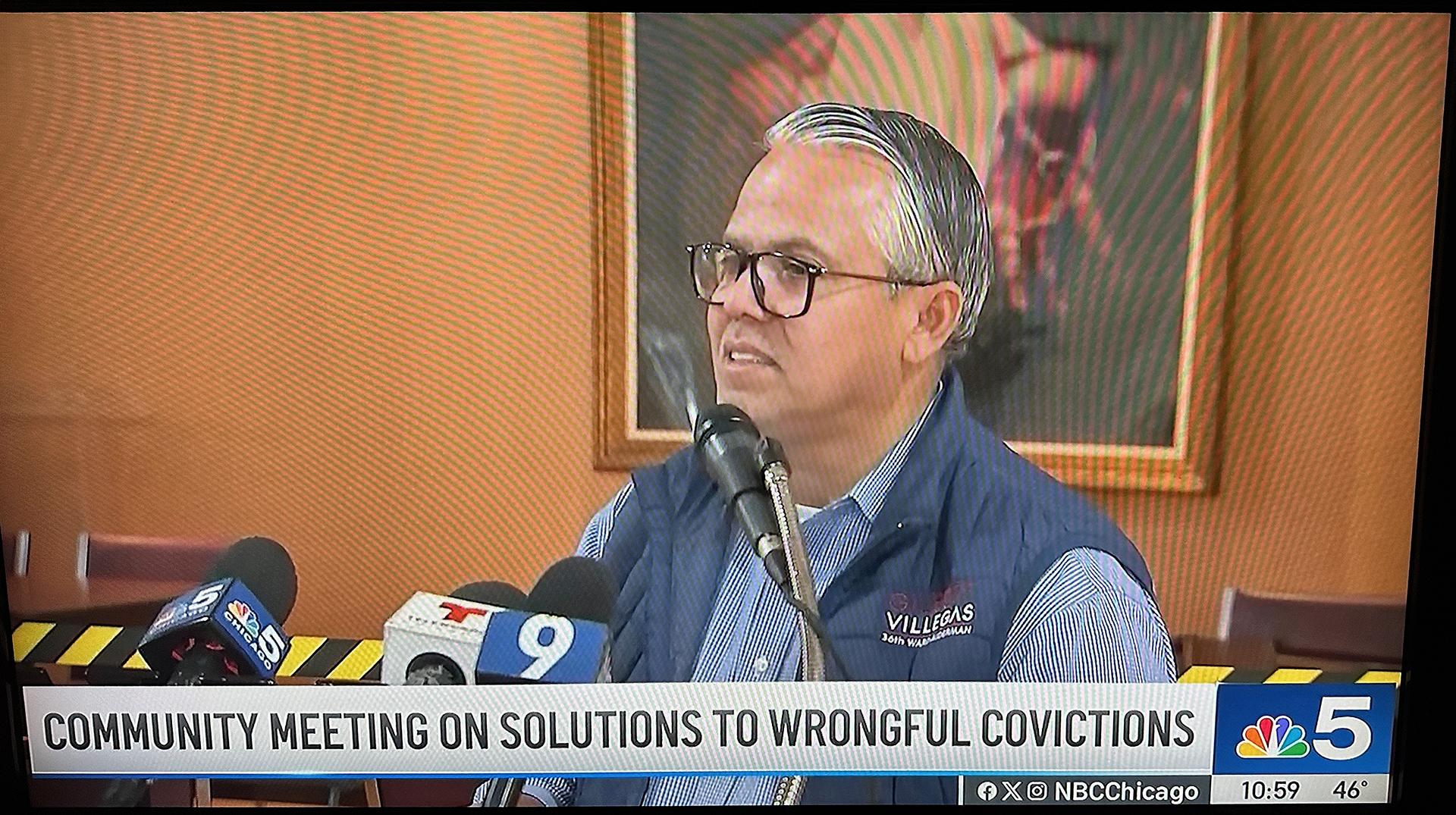FDA bans Red Dye No. 3, but dont panic if youve eaten it
The FDA has banned Red Dye No. 3, an additive used to colour food bright red, due to it causing cancer in rats.


The U.S. Food and Drug Administration (FDA) has banned Red Dye No. 3, an additive used to colour food bright red, due to it being carcinogenic. Still, if you've been enthusiastically chowing down on Betty Crocker Red Icing or Brach's Candy Corn, there's no need to freak out. You probably haven't eaten enough to cause cancer, and even if you have, you'd also need to be a rat.
Also known as erythrosine or E127, Red Dye No. 3 is created from petroleum and is typically found in sweet foods such as candy, cakes, and frozen desserts. The U.S. ban comes in response to a 2022 joint petition by several organisations, including the Center for Science in the Public Interest, Breast Cancer Prevention Partners, Center for Environmental Health, and the Center for Food Safety.
In a statement on Wednesday, the FDA acknowledged the petitioners' submission of two studies that showed male lab rats develop cancer after being exposed to "high levels" of Red Dye No. 3. However, it noted that this was "due to a rat specific hormonal mechanism," and further that humans aren't typically exposed to as much Red Dye No. 3 as was used in these studies.
"The way that FD&C Red No. 3 causes cancer in male rats does not occur in humans," wrote the FDA. "Studies in other animals and in humans did not show these effects; claims that the use of FD&C Red No. 3 in food and in ingested drugs puts people at risk are not supported by the available scientific information."
Nevertheless, the FDA has elected to ban Red Dye No. 3 under the Federal Food, Drug, and Cosmetic Act's Delaney Clause. This clause bars chemical food additives from FDA approval if they have been found to induce cancer in humans or animals, and makes no allowances for prodigious quantities or special rat hormones.
If a substance has been shown to cause cancer, even if in a rat, it's understandable to want to avoid it if you can. Food dyes such as erythrosine offer no nutritional value nor do they enhance taste, and can easily be removed from a person's diet without adverse effects. Even so, there's no reason to be alarmed or rush to your doctor if you've been blissfully enjoying foods coloured by Red Dye No. 3 up until now.
The Center for Science in the Public Interest has called this "long-delayed ban" a "win for public health." However, it also noted that knowledge of Red Dye No. 3's carcinogenic properties isn't new, and that the FDA already banned the additive from use in cosmetics and topical drugs 35 years ago in 1990. Red Dye No. 3 has long been banned or restricted as a food additive in other jurisdictions as well, including Australia, New Zealand, and countries in the EU.
California passed a bill banning Red Dye No. 3 in 2023, with it set to take effect from Jan. 1, 2027. However, other states will be able to continue ingesting Red Dye No. 3 for a little while longer. The FDA is giving food manufacturers a two-year grace period to reformulate their products, with Red Dye No. 3 to be removed by Jan. 15, 2027. Drug manufacturers get an extra year to do the same, with a deadline of Jan. 18, 2028. Imported foods are subject to the FDA's new restriction as well, so you can't get your Red Dye No. 3 fix from overseas (if for some reason that was something you wanted to do).
Red Dye No. 3 isn't to be confused with Red Dye No. 40, a more common additive that also gives food a bright red colour and remains approved for human consumption by the FDA. Though there have been studies which question Red Dye No. 40's safety, with some evidence suggesting it may exacerbate hyperactivity in particularly sensitive children, current consensus is that it poses little risk.






















/cdn.vox-cdn.com/uploads/chorus_asset/file/25829976/STK051_TIKTOKBAN_B_CVirginia_B.jpg)













/cdn.vox-cdn.com/uploads/chorus_asset/file/24435316/STK150_Bing_AI_Chatbot_02.jpg)








































